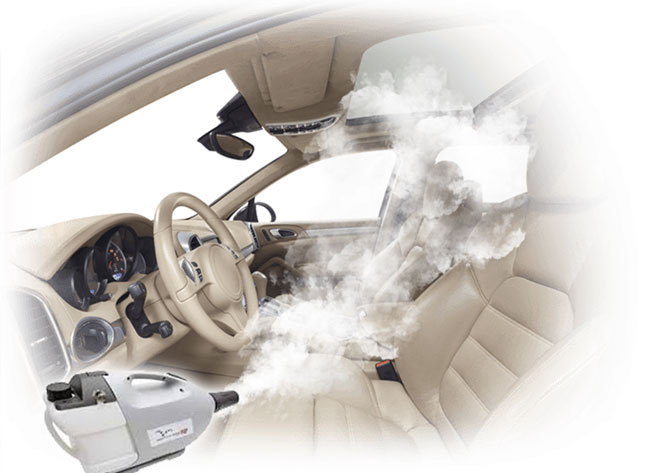
NewsInformation Center
How is a fogging test conducted in the automotive industry?
2023/11/02
In the automotive industry, a fogging test is conducted to evaluate the potential for fogging or condensation formation on interior surfaces of a vehicle, such as the windshield or windows. This test helps ensure visibility and driver safety by assessing the volatile materials or substances emitted by various interior components, such as plastics, fabrics, adhesives, or coatings, which may contribute to interior fogging.

Here is a general overview of how a fogging test is conducted in the automotive industry:
1. Sample Preparation: Interior materials or components, such as dashboard parts, seat covers, headliners, or other trim pieces, are selected for testing. These samples are typically placed in a closed chamber to simulate the confined interior environment of a vehicle.
2. Conditioning: The samples are conditioned to specific test conditions, including temperature and humidity, providing a controlled environment to mimic the anticipated vehicle operating conditions.

3. Emission Collection: A glass plate or similar transparent surface is positioned within the test chamber, typically in close proximity to the samples. This glass plate serves as a collector for the emitted volatile materials.
4. Heating and Aging: The test chamber is heated to an elevated temperature, typically around 60-70 degrees Celsius, and maintained for a specified duration. This heating and aging period allows the volatile substances to evaporate from the interior components and potentially condense on the cooler glass plate.
5. Condensation Assessment: After the aging period, the glass plate is inspected for any visible fogging or condensation formation. This assessment is typically carried out using visual examinations or by measuring the light transmission through the glass plate.
6. Quantitative Evaluation: In some cases, quantitative measurements may be conducted to assess the extent of fogging or condensation. This can involve measuring the weight or thickness of the condensed material on the glass plate, or using specialized instruments to quantify the fogging effect.
7. Analysis and Compliance: The results obtained from the fogging test are analyzed against specific industry standards or regulatory requirements to determine if the tested materials or components meet the desired fogging resistance criteria.
It's important to note that the exact test procedures and conditions may vary depending on the specific standards or protocols followed by automotive manufacturers or regulatory bodies. Different test chambers, measurement methods, and acceptance criteria may also be utilized based on the specific requirements of the automotive industry.
Previous: Is scratch resistance the same as hardness?
N e x t : What is the flexometer test for rubber?



